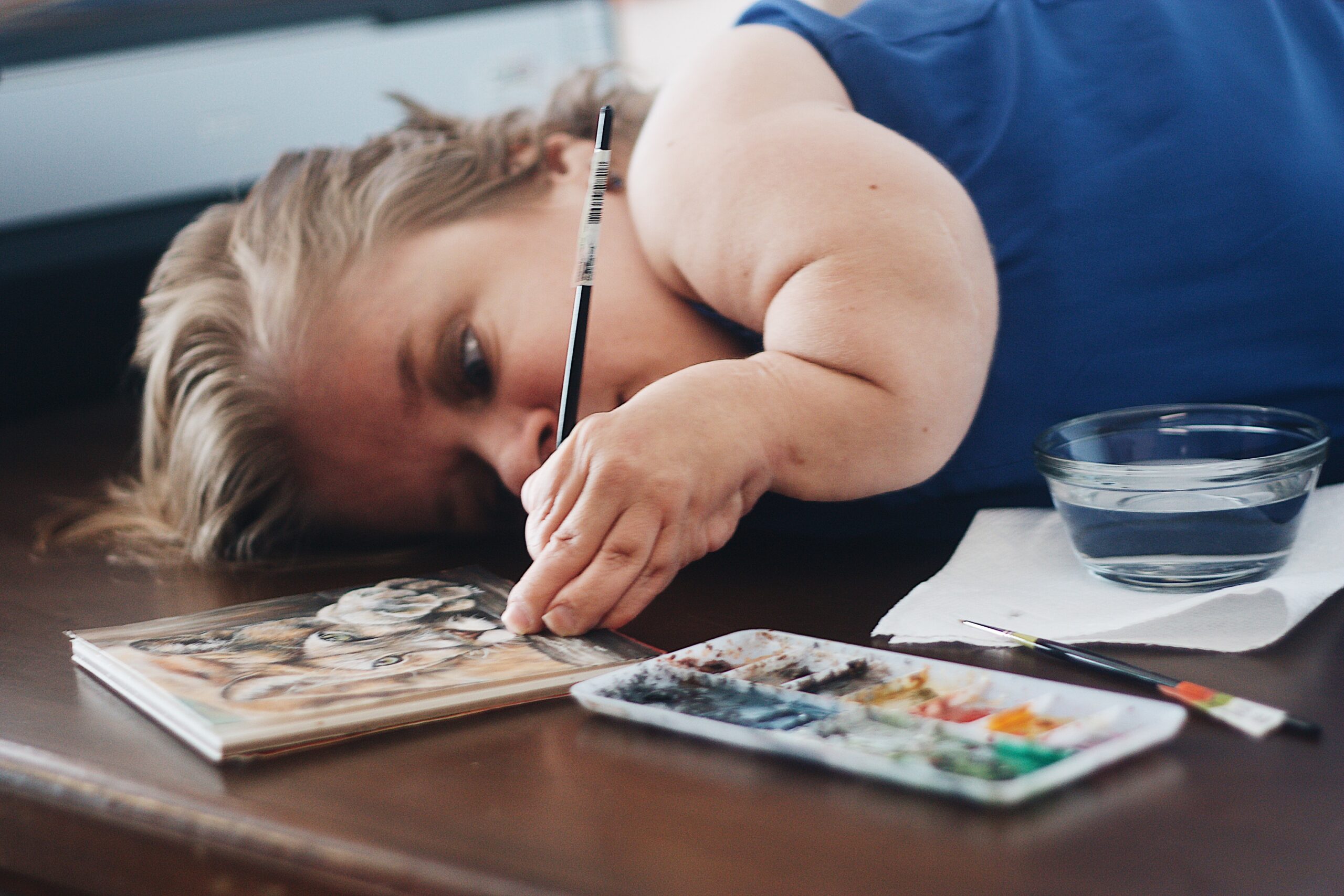Some of the best advice I’ve ever received is “You gotta use what you got, kid.”
When you have a disability and your job requires you to effectively market yourself, it’s tricky to find the balance of just how much it should play a role in your marketing strategy. While it’s true that I have physical challenges that cause me a decent amount of physical pain and affect every aspect of my life, these challenges are not necessarily the first thing for which I want to be remembered.
I have to deal with more physical pain than most people on a day to day basis and I still manage to live a fulfilling life despite that pain, but I never want to come across as “the victim.” Growing up, my mother very rarely let me feel sorry for myself no matter what was going on with my body. Even with broken bones I was still responsible for making sure my school work was complete (even if I couldn’t actually attend class). My parents taught me that everyone has obstacles they have to work through in their lives, and that this one is mine. I could either sit down and feel sorry for myself, which is pretty boring, or I could figure out the best way to play the cards I was dealt and keep going.
However, it IS true that a big part of me and what makes me who I am is Osteogenesis Imperfecta. It’s a card I’ve held all my life, and will continue to hold until the day I die, and so it’s one that needs to be played at the right times. Being an artist is just as much about marketing yourself as it is about the actual art. Part of the reason people love the Blue Dog is because George Rodrigue created it. If someone else were to paint a new Blue Dog (not that that would be legal, but just humor me here), even if it’s just as good as Mr. Rodrigue’s, it would never as valuable as his because the fact that HE is half the value. Does that make sense? A lot of people buy his work not only because they like it, but also because they want to “own an original Rodrigue.” It’s just as much about the work as it is about the artist who created the work.
Although I don’t necessarily want my disability to be the forefront of my marketing strategies, I’ve decided that since it is such a big part of who I am, it’s important to at least mention when describing myself and my art. It gives me a unique perspective on life, and it’s a huge reason why I even create my art in the first place. And the fact is, OI has opened a lot of doors for me. It’s allowed me to become part of an online community I never would have even heard of otherwise. People are interested in my story BECAUSE I have OI and I live differently than they do. People are intrigued by my art not only because it’s good, but also because I create it lying on my side.
Let me make this perfect clear: I never want to be perceived as a victim because I have Brittle Bone Disease. On the same token, I never want to be perceived as a hero because I have Brittle Bone Disease. I never want to be “inspirational” just because I choose to get up in the morning. EVERYONE should choose that. It’s literally part of everyone’s life no matter what challenges they have. If someone thinks I’m inspirational, I want it to be because I’ve done something good with my life, something out of the ordinary.
Osteogenesis Imperfecta is just one facet of me, albeit a big one, and it just…is. It’s not all good but it’s certainly not all bad. It’s just part of me, and that’s exactly how I try to “use” it in my marketing strategies. It’s a fine line between milking it and stating it as a fact, one my marketing coordinator and I are constantly walking (or rolling as the case may be). Every time I feel like OI has become too much the focus, I hear that wise woman’s voice in my head saying yet again, “You gotta use what you got, kid.” And she is always right.

